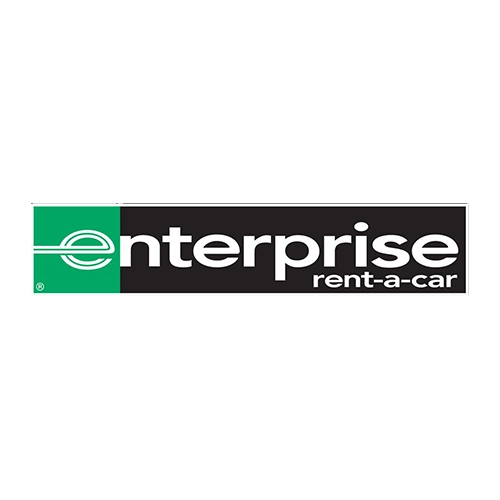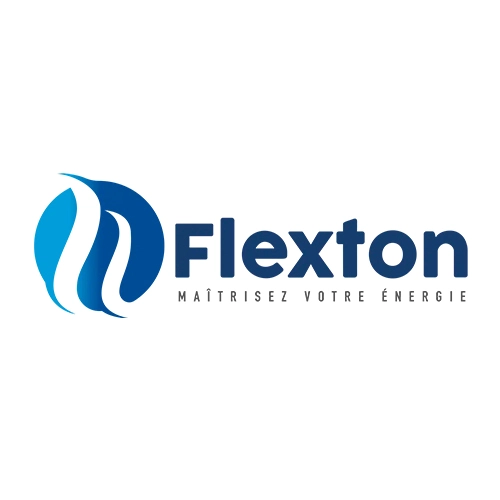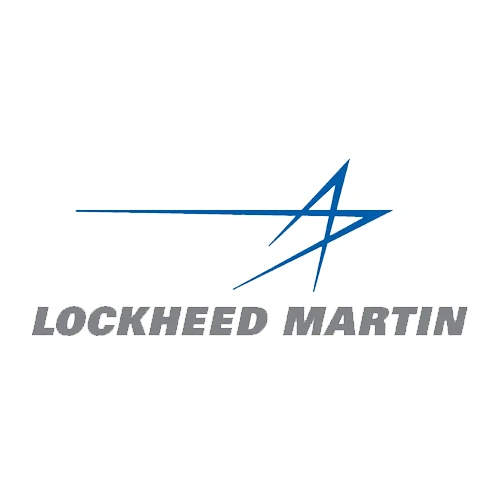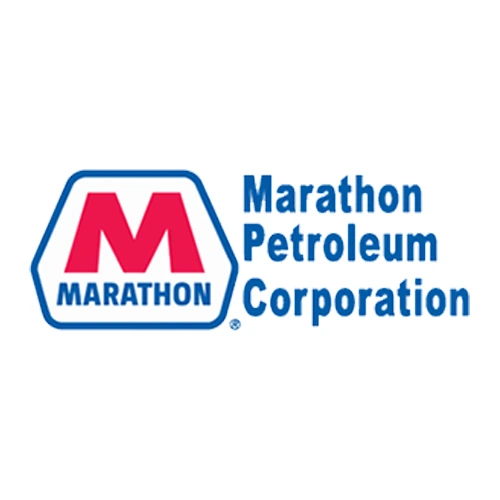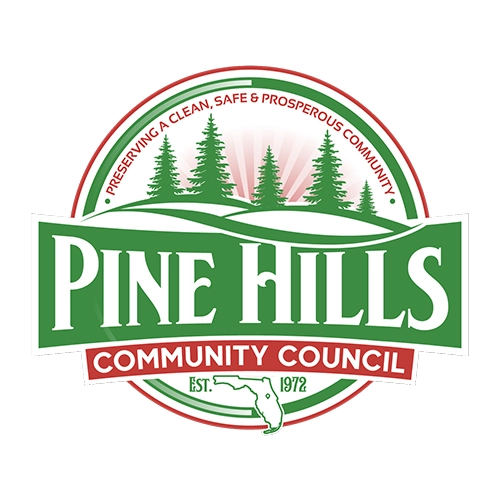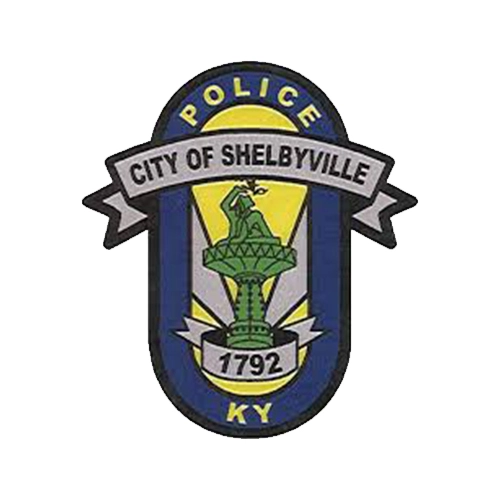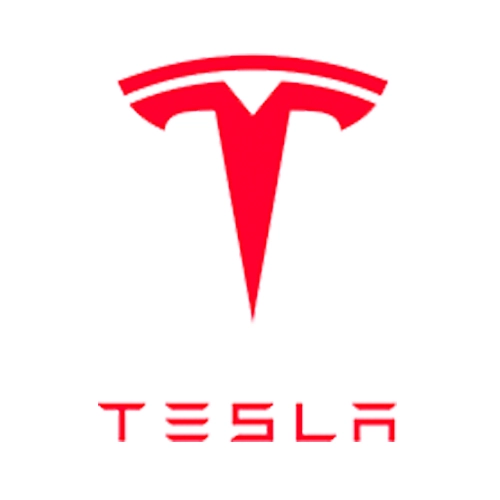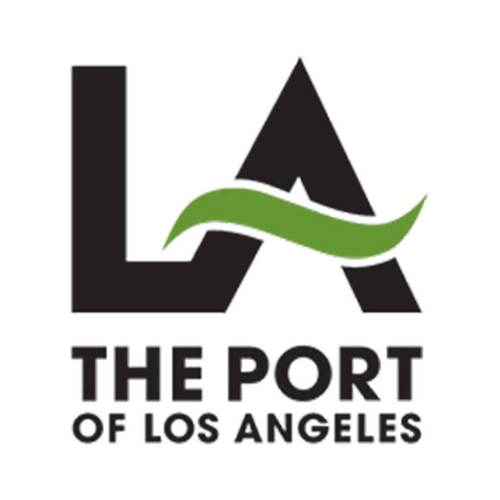
How Radar Speed Signs Help Curb Speeding in U.S. School and Residential Areas
Each year in the U.S., thousands of people—many of them children—are hurt or killed because of speeding in school zones and residential neighborhoods. A recent survey by the Canadian Automobile Association (CAA) shows nearly 80% of people support using photo radar and other speed control systems near schools. That statistic makes it clear: this is a genuine and widespread concern.
Signs painted on the road and speed bumps are often ignored. They’ve simply lost their impact.
➡ Enter radar speed signs—smart, proven tools that immediately grab drivers’ attention and change their behavior on the spot.
What Exactly Are Radar Speed Signs & How Do They Function?
Radar speed signs are electronic signs that flash a driver’s speed as their car approaches. They work using Doppler radar technology to detect the speed of a vehicle, then display that speed in real time. Many signs use colors or flashing messages to catch attention even more effectively.
When drivers are shown their current speed—especially in sensitive areas like school zones—they often slow down right away, whether out of awareness or fear of getting a ticket.
Top Features of Radar Speed Signs:
- Instant speed display
- Highly visible LED lighting (works day and night)
- Solar-powered, eco-friendly design
- Easy to install on poles or walls
- Optional traffic data logging for studies and reports
Why Old-School Speed Control Doesn’t Cut It Anymore
Speed bumps and old-fashioned signs might work at first, but:
- They get ignored over time
- They don’t give drivers instant feedback
- Not every driver sees or reacts to them
- Speed bumps can slow down emergency vehicles
Radar speed signs are more interactive—they make drivers think twice in the moment and change how they drive right away.
Behavioral Psychology: How Visibility Promotes Safer Driving
Research shows that when drivers are made aware they’re speeding, they’re more likely to:
- Slow down on their own
- Pay closer attention to their environment
- Drive more responsibly in similar areas going forward
This method isn’t about scaring people. It’s about creating awareness and encouraging accountability.
Case Study: See Photonplay Radar Signs in Real Life
In one Texas neighborhood, Photonplay installed four radar speed signs near busy intersections close to a school.
Results after just 3 months:
- Average speeds dropped by 38%
- Resident complaints dropped by 70%
- Police were able to reduce patrol efforts
Local officials called it “one of the most cost-effective and lasting investments in traffic safety.”
Why Choose Photonplay for Radar Speed Signs?
Photonplay is a globally recognized name in traffic tech, offering everything from radar signs to dynamic message boards.
What Sets Us Apart?
- Over 10 years of industry experience
- Solutions installed in 20+ countries
- Fully customizable signs (colors, messages, sizes)
- Meets all U.S. DOT and MUTCD regulations
- Friendly expert support for every project
Perfect for Use In:
- School zones
- Residential areas
- Construction zones
Let’s Make Your Neighborhood Safer—Starting Today!
Are you part of a city’s planning team, a traffic agency, or a school’s safety committee? It’s time to take action.
Reach out to Photonplay today to schedule a free consultation or request a quote for radar speed signs in your community.
Let’s make streets safer—one radar sign at a time.
Frequently Asked Questions
What is a radar speed sign?
A radar speed sign is a digital display that shows drivers how fast they’re going in real-time. It uses radar technology to detect vehicle speed and flashes the number on a bright screen to make drivers more aware and encourage them to slow down.
Do radar speed signs really reduce speeding?
Yes — studies and real-world deployments show that radar signs can significantly reduce average vehicle speeds. Drivers often slow down the moment they see their speed displayed, especially in school zones or residential areas.
Are radar speed signs legal in the U.S.?
Absolutely. Radar speed signs are widely used across the U.S. and comply with Department of Transportation (DOT) and MUTCD (Manual on Uniform Traffic Control Devices) regulations.
Where can radar speed signs be installed?
They’re ideal for school zones, neighborhoods, parking lots, gated communities, work zones, and private campuses. Signs can be mounted on poles, walls, or existing signposts.
Do the signs collect traffic data?
Yes. Many radar signs come with built-in data logging. This allows cities or planners to analyze traffic patterns, average speeds, and peak hour trends—useful for long-term traffic planning.
Can I customize the message or design on the sign?
Yes! Photonplay offers full customization, including screen messages, color schemes, size, and even flashing alerts—so you get exactly what fits your location.
Why are radar speed signs more effective than traditional speed bumps or painted signs?
Unlike static signs or speed bumps that drivers eventually ignore, radar speed signs show real-time speed, grabbing drivers’ attention and encouraging them to slow down immediately.
How do radar speed signs help in school zones specifically?
They remind drivers how fast they’re going as they approach school zones, which increases awareness and encourages them to slow down, helping protect kids during school hours.









